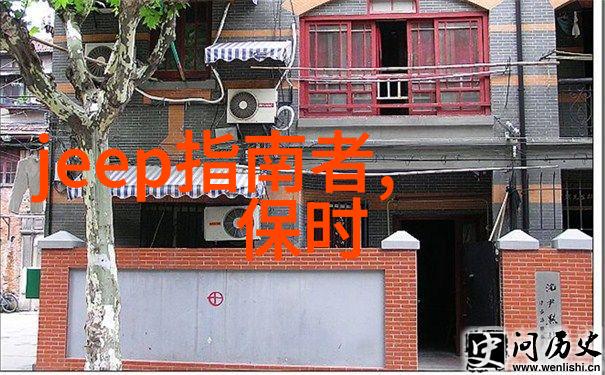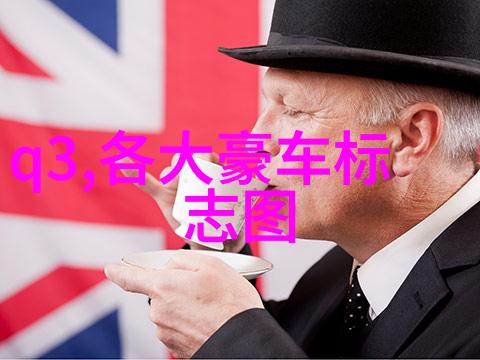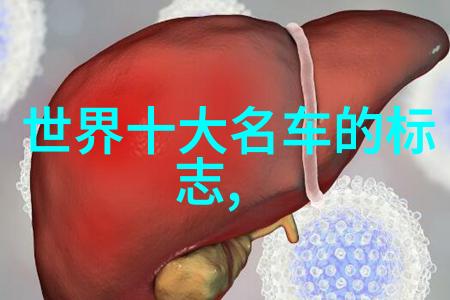香水的摄影艺术如何通过视觉讲述复杂情感
在法国导演让-马克·瓦尔莱的电影作品中,尤其是他执导的《香水》(原名:Jean de Florette),我们可以看到一位杰出的艺术家如何运用摄影技术与构图技巧来传达深层的情感和故事背景。电影中的每一个画面,都像是精心雕琢的肖像画,每个角度、光线和颜色都有其独特之处,它们共同织就了一个关于爱、欲望与命运交错的宏大叙事。
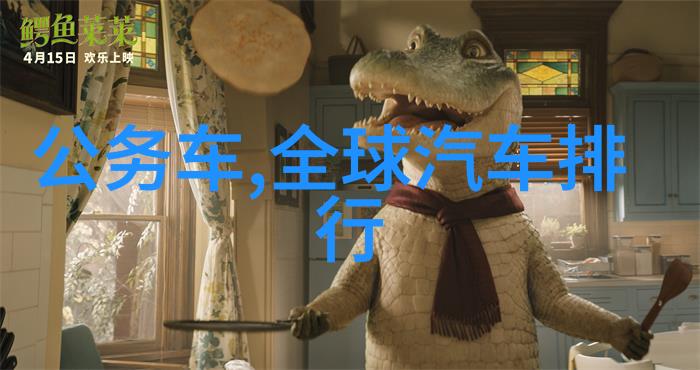
1. 故事背景与视觉布局
《香水》是一部讲述19世纪法国乡村生活的小说改编电影。这部作品以三个家庭为核心,展现了一段时间内小镇上发生的一系列事件。这个故事发生在当时的一个偏远地区,这里的居民依赖于土地生存,因此对土地拥有极大的渴望。在这样的历史背景下,导演瓦尔莱采用了广阔而宁静的自然景观作为镜头的大部分内容,这些场景不仅描绘出那个时代的小镇风貌,而且也反映出主人公们的心理状态。
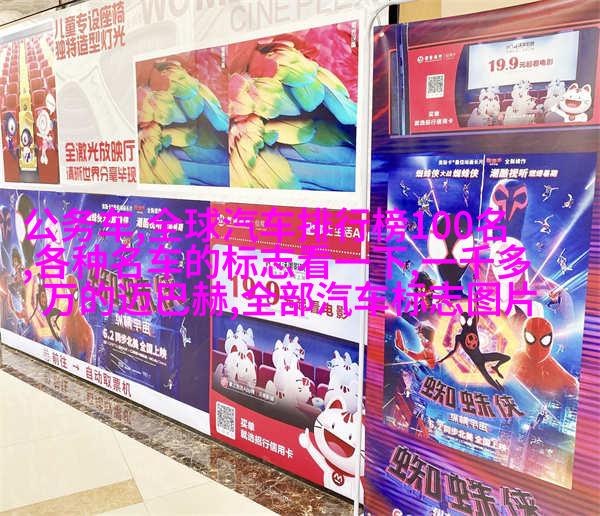
2. 人物形象与心理状态
在这部电影中,每个人物都有自己独特的人格魅力,而这些魅力也是通过摄影手法得以体现出来。例如,玛德琳(由伊莎贝勒·雨果饰演)是一个充满激情并且坚韧不拔的人,她所展现出的力量和决断,是通过她眼神坚定、姿态优雅以及周围环境对比而表现出来的。而夏尔(由让-皮埃尔·卡西迪饰演)则是一个温柔善良但又脆弱的人,他的情感表达多种多样,但却总是被强烈的情感冲动所主宰。
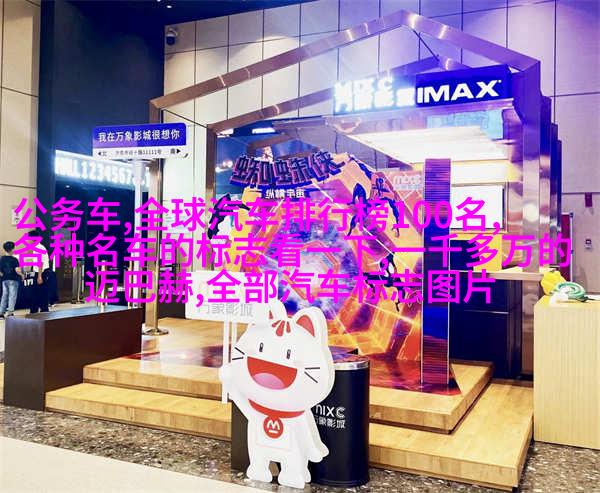
3. 光线与色彩
光线对于任何一幅照片来说都是至关重要的一环,而在《香水》中,它扮演着无可替代的地位。 filmmakers masterfully utilized natural light to convey the mood and atmosphere of each scene, often using soft, diffused light to create a sense of intimacy and warmth in interior scenes, while harsher, more direct light was used to emphasize the characters' emotional states or highlight their isolation in the vast rural landscapes.
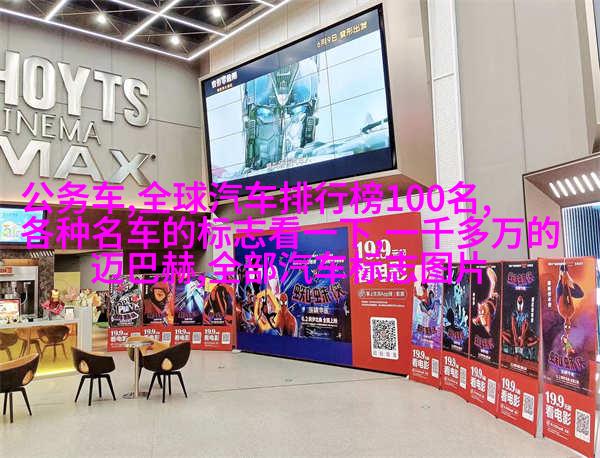
The use of color is also noteworthy in this film; muted tones such as earthy browns and greens dominate the palette, reflecting the rustic setting and emphasizing themes of nature, growth, decay, and renewal.
4. 构图技巧

In terms of composition technique, Valere skillfully employed various framing methods to guide audience attention towards specific elements within each shot—whether it be a character's face for close-up shots or expansive vistas for establishing shots—thus creating a visual narrative that mirrors the story's progression from intimate moments between characters to sweeping panoramic views that underscore their insignificance against nature.
Furthermore, Valere utilized depth-of-field techniques to separate subjects from their environments or other objects within them—a common practice in cinema known as "layering," which adds complexity both visually and narratively by juxtaposing different planes within one frame.
5. 摄影语言的深度解读
It is evident that cinematographer Willy Kurant played an essential role in capturing these intricate visuals through his keen eye for detail combined with his technical proficiency behind the lens—the way he captured movement through fluid camera movements such as dolly shots or pans; how he contrasted warm colors with cool ones; even how he framed particular elements so they appeared larger than life on screen—and all these factors contributed greatly towards creating a rich cinematic language capable of conveying complex emotions without relying solely on dialogue.
This article has demonstrated how Jean de Florette employs visual storytelling techniques such as lighting design (including shadows), color palettes (specifically earth tones), framing methods (like layering) & camera movement patterns alongside soundscapes & music scores effectively communicate deep-seated feelings about love loss redemption & power struggle among its cast members set amidst French countryside during 19th century France thus showcasing what makes this movie truly iconic worldwide today!
